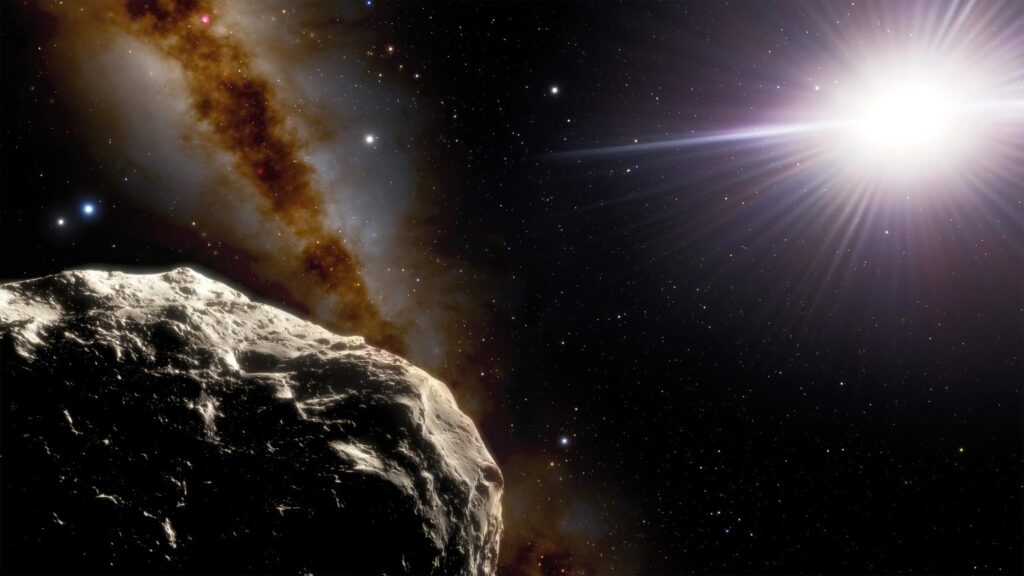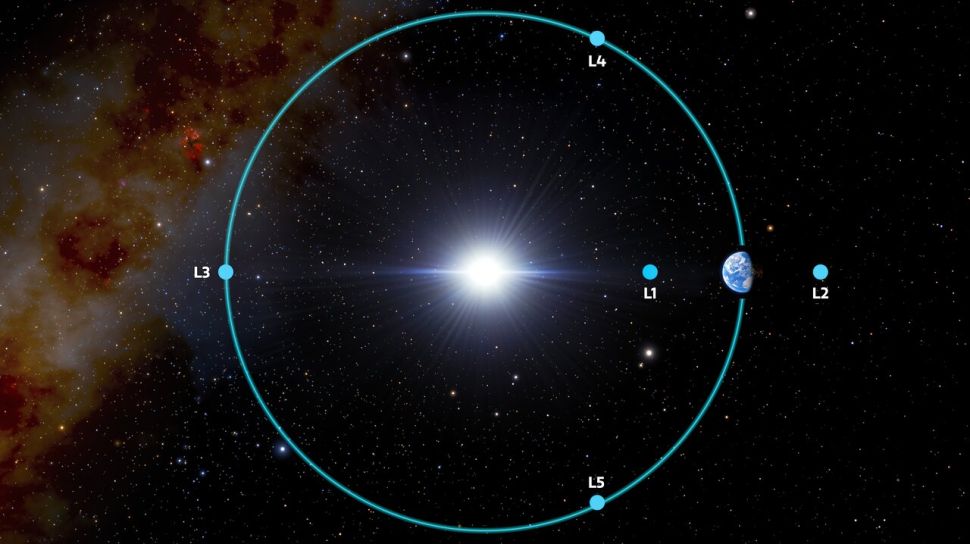Second Trojan Asteroid to Share Earth’s Orbit for 4,000 Years Found
The Great Impact happened about 66 million years ago, which wiped out 75 percent of all living things on Earth, including the land-based dinosaurs. The massive impact caused the extinction of the Cretaceous-Paleogene (K-Pg) era. It ended the Cretaceous period and the Mesozoic Era and gave way to the beginning of the Cenozoic Era.
In 1980, scientists led by the father and son team of Luis Alvarez and Walter proposed that the K-Pg extinction was due to the crash of a massive asteroid or comet that is about ten to 13 km wide. The discovery of the Chixulub crater, a 150 km wide crater at the Yucatán Peninsula in the Gulf of Mexico, further strengthened the impact hypothesis. The Chixulub crater is one of the 190 confirmed impact craters on Earth. It is the second-largest impact crater in the world, next to the Vredefort crater in Free State, South Africa.
Another massive asteroid
In 2020, astronomers confirmed the discovery of another massive asteroid. They called it 2020 XL5, which they discovered using the 4.1-meter, SOAR Telescope located on Cerro Pachón, Chile. Many people fear that an asteroid in orbit will hit our planet soon. But you do not need to panic, as the asteroid is an Earth Trojan. A Trojan asteroid is an Earth companion. It follows Earth’s orbit around the Sun. According to the study, it will be the Earth’s companion for 4,000 years. After this estimated number of years, the Trojan asteroid will deviate from its path. 2020 XL5 is a near-Earth asteroid. It is a carbonaceous asteroid (C-type), the most common variety composed chiefly of carbon.
Lagrangian points
Scientists state that all celestial objects around the solar system feel the gravitational effect of every massive object that creates the gravitational pull in the first place, such as the planets and the Sun. They say that there are five points in the cosmic universe where all the gravitational forces acting on the celestial objects within those regions cancel each other. They call these stable regions Lagrangian points. For example, the Earth Trojan asteroids orbit around the Earth-Sun’s Lagrangian points L4 or L5. The new Earth Trojan scientists recently discovered is in the L5 point; thus, they named it 2020 XL5. According to their estimate, the new trojan is about one kilometer in diameter.
Trojan asteroids
Trojan asteroids, according to astronomers, share the Earth’s orbit. This is because they are within the Lagrange Points in the stable area in the Earth-Sun system. In this two-body system, the centrifugal forces and the gravitational forces from the Earth and the Sun balance each other. Because of this, the smaller satellites or celestial bodies can orbit in the area.
Several trojans orbit along with other planets. Planet Mars has four, Venus has one, and Uranus has two trojans. Astronomers say that Neptune has 28 trojans. Incredibly, Jupiter has more than 500,000 trojans. The astronomers believe that the 2020 XL5 came from the Jupiter trojans and kicked out of the asteroid belt.
Trojans vary in size. For example, the 624 Hector measuring more than 200 km wide, is the largest trojan in the Jupiter group.
It is challenging to detect earth trojans because they exist on the same plane as the Sun and our planet. The L4 and L5 points are just 60 degrees away from the Earth. They are closer to the Sun. Thus, the chance to observe them is only during twilight, which does not give astronomers enough time. The best vantage point to locate trojan asteroids is when astronomers are in space. Because the astronomers are on earth, it took decades before they discovered 2020 XL5.
With the discovery of the second Earth Trojan, astronomers are now confident they can find more earth trojans. Since they are on the same path as Earth, it is possible to send space missions to study them. Lucy, a NASA space probe, is on an asteroid mission. Launched on October 16, 2021, it will visit seven trojans of Jupiter within the next 12 years. It will have flyby encounters with Jupiter’s trojans to study the celestial bodies’ properties and characteristics.

